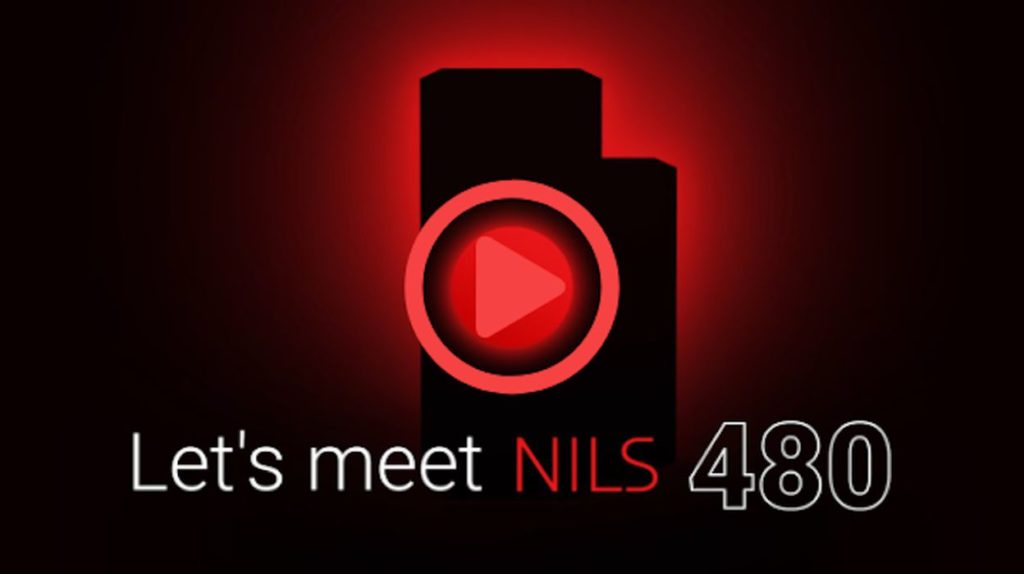
A new 3D printer announcement this week demonstrates once again how similar the paths many 3D printer manufacturers take.
The announcement was from Sinterit, who apparently will be unveiling a new SLS 3D printer next week, likely in coordination with the Rapid+TCT event in Chicago.
If you’re not familiar with Sinterit, they are one of many Polish 3D printing companies, and made their fame by developing a powerful and very inexpensive desktop SLS 3D printer. This is a device that can 3D print finely-detailed objects in nylon powder that are suitable for production use.
Prior to Sinterit and others, the only SLS systems you could obtain were rather expensive units from companies like 3D Systems and EOS. While those SLS systems are incredibly powerful, they were simply out of financial reach by many companies. The expense required for those options often demanded 24/7 use of the machine to justify its purchase, and that’s not something every company wants or needs to do.
Sinterit correctly identified the market opportunity and produced a low-cost SLS option that proved very popular: the Lisa and later, the Lisa PRO. These two machines are very functional, but have relatively small build volumes to achieve their low cost. The Lisa’s build volume is ~110 x 160 x 130 mm, while the slightly larger Lisa PRO has a build volume of 110 x 160 x 245 mm.
Now they’re about to announce a new machine they call the “NILS 480” on the 15th.
We don’t know much about this device as it hasn’t been formally shown to the public yet. However, Sinterit has provided some hints. They say:
- It is “much bigger”
- It uses “diverse materials”, in addition to their own selection
- It is “faster”
- It uses “open parameters” to tune prints for any application
- It has “zero powder waste”
While we await details on the announcement, I suspect the most important factor is the “much bigger”. The “480” in the name likely represents the dimension of one of the build volume axes. For example, I would not be surprised to see the machine have a build volume of, say, 200 x 200 x 480 mm.
This probable enlargement is what I’d like to focus on today.
Here we have a startup company that saw a slight market opening, and successfully exploited it with their Lisa devices.
Now we see them (presumably) launching a much larger device that would clearly overlap with the market normally occupied by the “big companies”. That’s a huge switch in strategy, but not one that is totally unexpected.
Companies always need to expand, and once one market is filled, new markets must be found or created. That’s what Sinterit is likely doing with the NILS 480. They’ve long heard from their clients and prospects and must believe they can leverage their technology to grab a piece of a larger market.
I’ve seen this story before, many times, both in 3D printing and in other technologies. It’s called “the innovator’s dilemma”.
The idea goes something like this:
- A large successful company operates within a big market
- There’s a proposal to add a product to serve a smaller market
- The proposal is rejected because the new market is not big enough to warrant attention, as compared to the existing big market
- No new product comes from the big company for that smaller market
- A startup company — sometimes staffed with disgruntled folks from the big company — launches a product just for the smaller market
- The startup company succeeds because few others address that market, and they grow
- Their technology is then adapted for increasingly larger and more profitable markets
- Eventually the startup company rivals the original big company, and sometimes the startup takes over the market
This scenario has repeatedly occurred in 3D printing where startups gradually evolve towards larger markets, having started in small ones. That seems to be the case with Sinterit here: step seven.
I’m very interested to see details on the new NILS 480, but I’ll be keeping in mind that this is but one step on a much longer journey for Sinterit.
Via Sinterit
